PROTECT YOUR DNA WITH QUANTUM TECHNOLOGY
Orgo-Life the new way to the future Advertising by AdpathwayWhat is your favourite bird species?
My favourite bird is the Ward’s Trogon. Its stunning beauty and elusive nature always fascinate me.
Ward’s Trogon
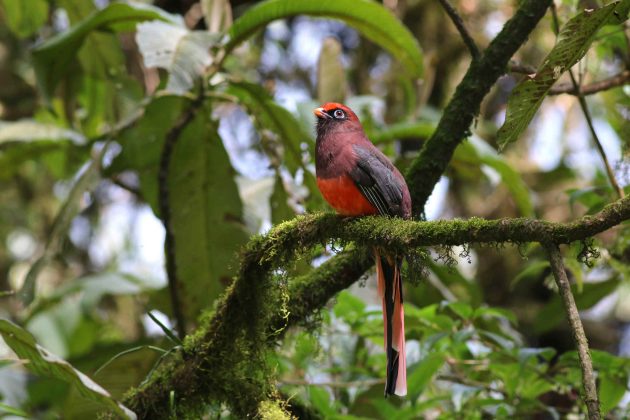
What is your name, and where do you live?
My name is Rofikul Islam. I live in a village near Kaziranga National Park, in Assam, India.
Beautiful Nuthatch
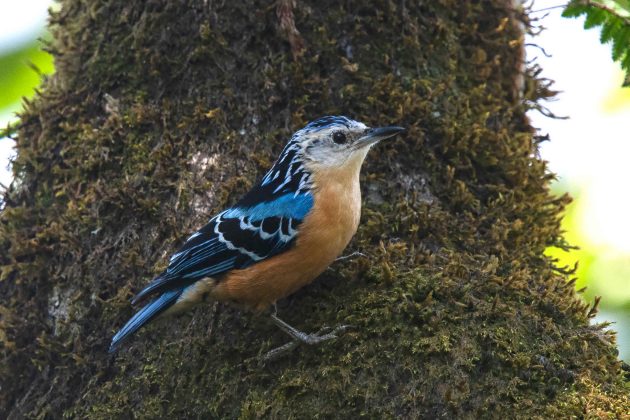
What are the main regions or locations you cover as a bird guide?
I primarily cover the Northeastern states of India, including Assam, Arunachal Pradesh, Meghalaya, Nagaland, Manipur, Mizoram, and Sikkim. I also guide trips in the Western Himalayas and the Andaman and Nicobar Islands.
Blyth’s Tragopan
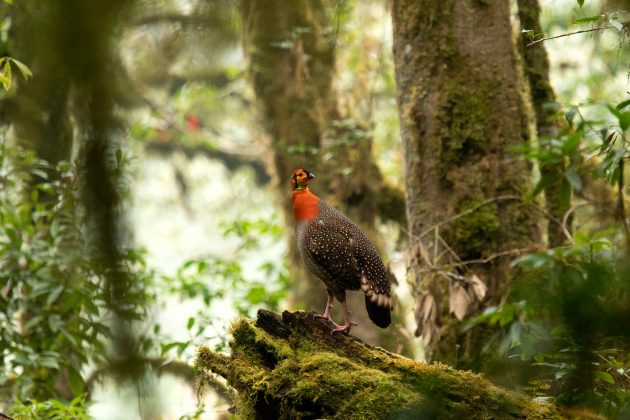
How long have you been a bird guide?
I have been working professionally as a bird guide for the past 18 years.
Sclater’s Monal
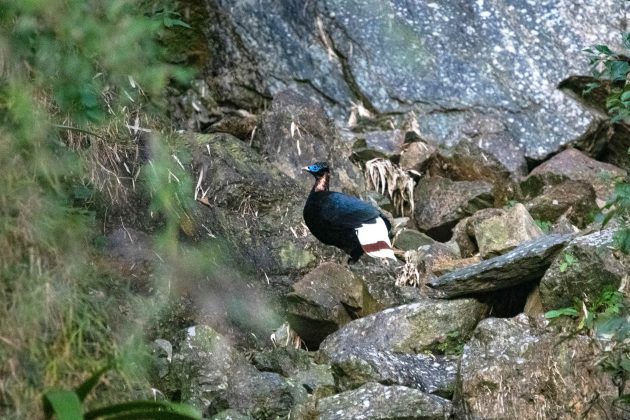
How did you get into bird guiding?
Growing up near Kaziranga National Park, I often saw many international visitors coming to my village. This inspired me to dream of traveling with them and showing them the incredible wildlife of our region.
After completing my 10th standard, I enrolled in a guide training program in Kaziranga. I began working locally and gradually expanded my birding expeditions to other parts of Northeast India and the Himalayas. I’ve been guiding ever since.
Bugun Liocichla
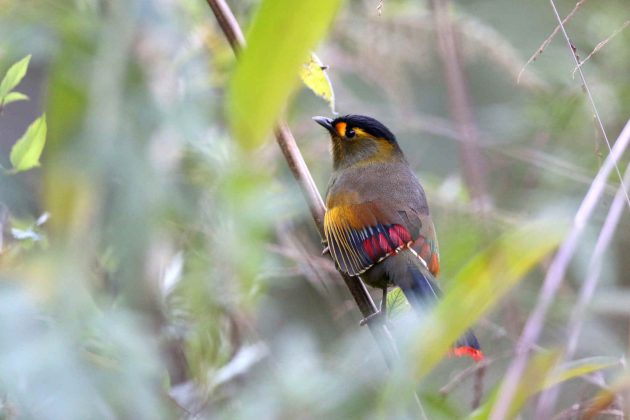
What are the aspects of being a bird guide that you like best? Which aspects do you dislike most?
What I love most about being a bird guide is the joy and surprise that nature offers. Every day brings something new, and when you approach nature with patience and respect, it always gives back in wonderful ways.
What I dislike is the irresponsible use of playback. Repeatedly using calls to lure birds, especially for photography, can be stressful for the birds. I find it upsetting when guests insist on using playback excessively or pressure their guide to do so. As birders, we must always prioritize the well-being of the birds. We also need to have greater concern for the conservation of our wildlife and take real steps to protect their habitats.
Black-breasted Parrotbill
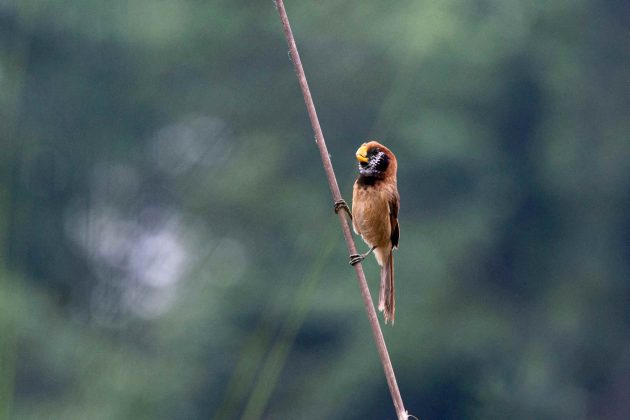
What are the top 5-10 birds in your region that are the most interesting for visiting birders?
Our region is home to many rare and endemic species that attract birders from around the world. Some of the highlights include:
- Bugun Liocichla
- Sclater’s Monal
- Gould’s Shortwing
- Beautiful Nuthatch
- White-bellied Heron
- Swamp Grass-Babbler
- Black-breasted Parrotbill
- Ward’s Trogon
- Blyth’s Tragopan
- Bengal Florican
- Sikkim Wedge-billed Babbler
- Cachar Wedge-billed Babbler
- Mishmi Wren-Babbler
- Naga Wren-Babbler
- Greater Adjutant
- Snowy-throated Babbler
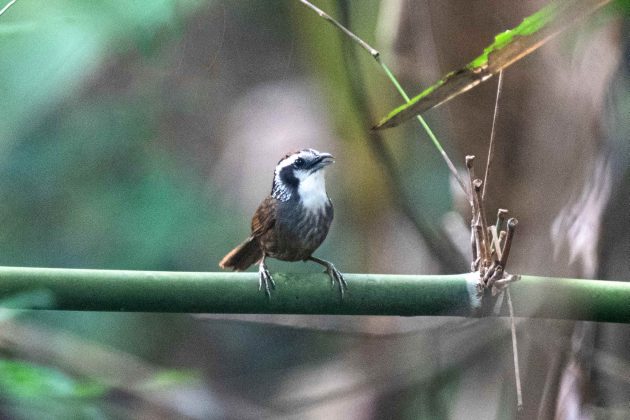
Can you outline at least one typical birdwatching trip in your area? Please briefly describe the locations, the key birds, and the approximate duration of such a trip
One of our most popular itineraries is the West Arunachal–Kaziranga Birding Trip, which lasts about two weeks. Trip Outline:
- Start Point: Guwahati, Assam – we begin by visiting sites with the world’s highest population of Greater Adjutant storks.
- Nameri National Park (2 nights): Key species here include White-winged Duck, Wreathed Hornbill, Crested Kingfisher, Oriental Hobby, Indian Thick-knee, and Pale-chinned Flycatcher.
- Dirang, Arunachal Pradesh (3 nights): We explore Sela Pass (4200 m) and Mandala Road for species like Himalayan Monal, Blood Pheasant, Snow Partridge, Grandala, Solitary Snipe, Spotted Laughingthrush, Crimson-browed Finch, Black-tailed Crake, Long-billed Plover, Brown Parrotbill and more.
- Eaglenest Wildlife Sanctuary (6 nights): This is a prime birding area with two main camps at 1900 m and 2400 m. We cover habitats from 500 m to 2800 m elevation. Key birds here include Bugun Liocichla, Ward’s Trogon, Fire-tailed Myzornis, Blyth’s Tragopan, Temminck’s Tragopan, Yellow-rumped Honeyguide, Rufous-necked Hornbill, and many rare wren-babblers and babblers.
- After finishing Eaglenest, we head to the famous Kaziranga National Park, where we can spend 3-4 nights. This park is especially known for the world’s biggest population of one-horned Rhinoceros. Other mammals here include the Asiatic Water Buffalo, Eastern Swamp Deer, Royal Bengal Tiger, and Asian Elephant. Key birds include Blue-naped Pitta, Finn’s Weaver, Slender-billed Babbler, Pallas’s Fish-Eagle, Bengal Florican, Swamp Francolin, and Slender-billed Vulture.
- We finish the trip at the Guwahati airport.
Sikkim Wedge-billed Babbler
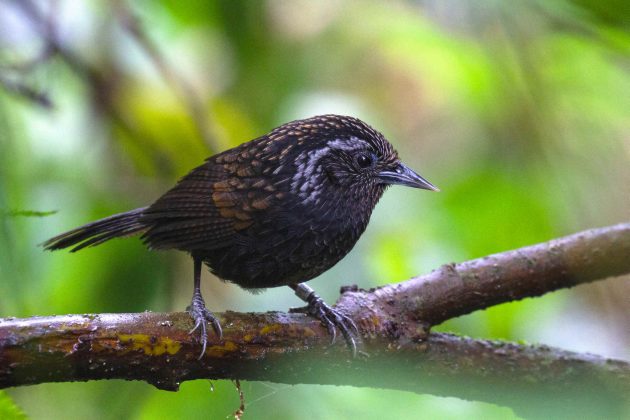
What other suggestions can you give to birders interested in your area?
Many birding areas in Northeast India are remote and still under-explored, making them ideal for those seeking rare and endemic species.
Tips for visitors: Bring warm clothing, especially for higher altitudes. Leech socks and good-quality walking boots are essential. The best birding season is from November to May.
Cachar Wedge-billed Babbler
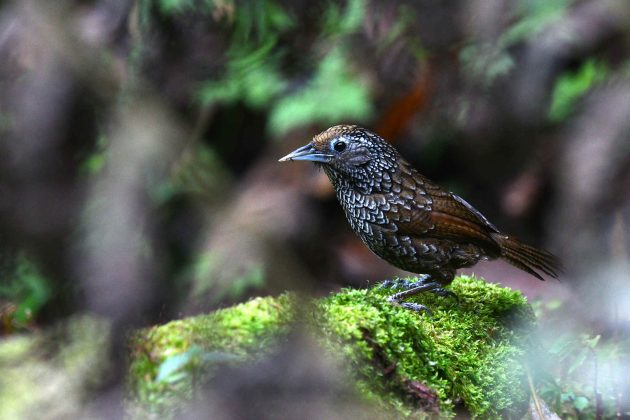
If any readers of 10,000 Birds are interested in birding with you, how can they best contact you?
You can reach me at
- WhatsApp: +91 8133964461
- Email: [email protected]
- Website (coming soon): www.birdinghimalayas.com
Mishmi Wren-Babbler
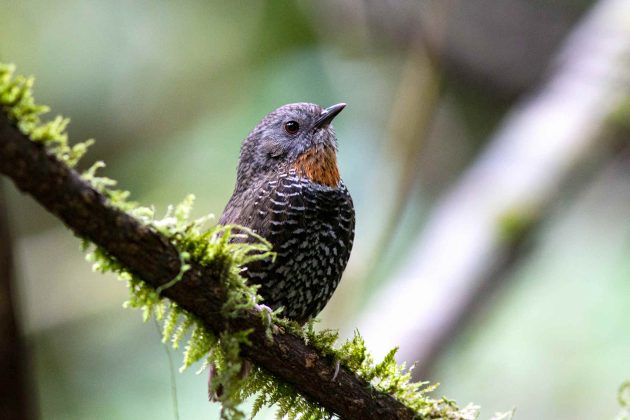
Is there anything else you’d like to share with the readers of 10,000 Birds?
If you’re looking for a truly immersive birding expedition, from popular hotspots to some of the remotest corners of the Eastern Himalayas, you’re in the right place. I strive to make the impossible possible and help you create unforgettable memories through birding adventures you’ll never forget.
For reference, you can also take a look at what my clients say about my work here.
Naga Wren-Babbler
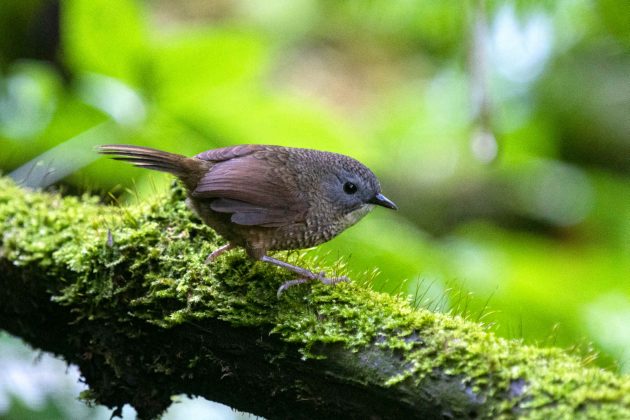























 English (US) ·
English (US) ·  French (CA) ·
French (CA) ·